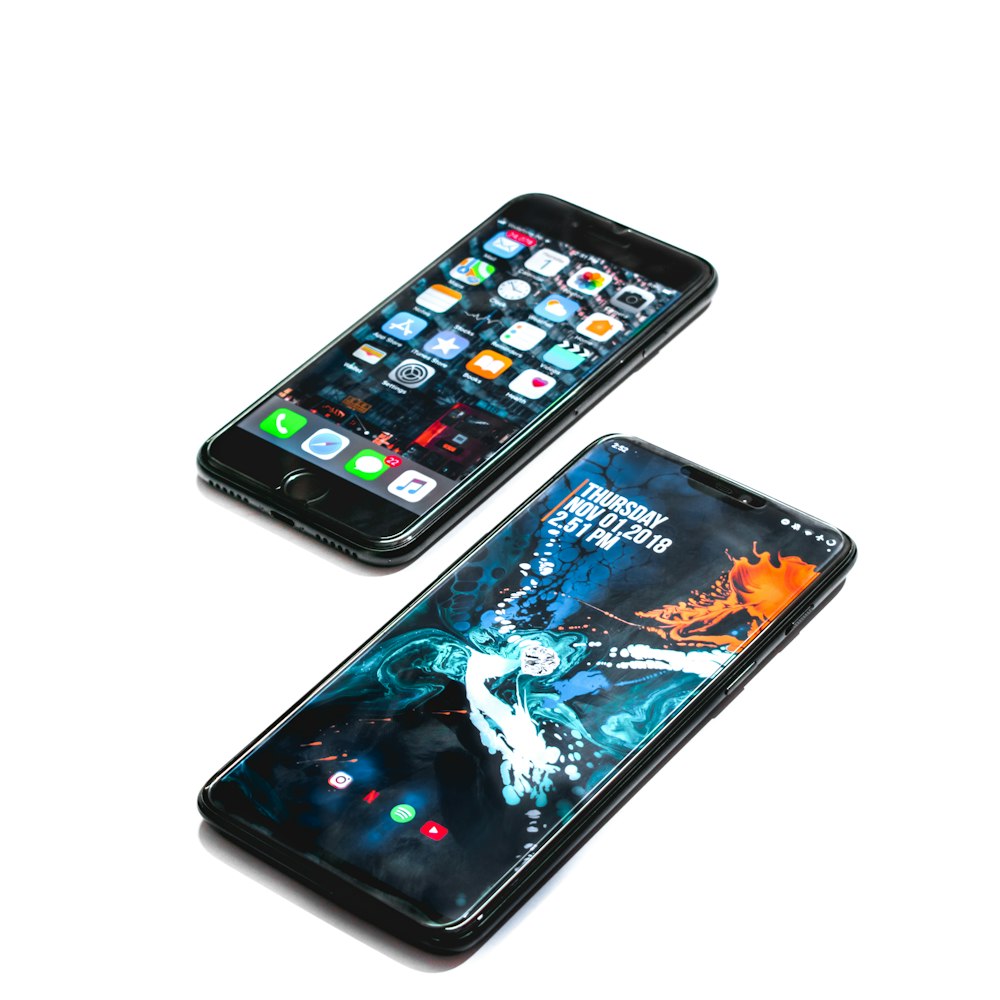
The Current State of Android Phones – End of an Era?
Google’s Android OS, the most widely used operating system in the world, is known for its open-ness, its inexpensiveness, and to some people, its inferiority to its main competitor, Apple’s iOS. The big debate between the two has gone on for many, many years now, with hardcore fans from both sides defending their phone of choice. “It’s cheaper and less restrictive!”, and Android fan might say. “Well, we have iMessage and an entire fluid ecosystem,” an iOS fan might retort. For the past decade or so, it’s been a back-and-forth battle, with one company releasing features that the other didn’t have, and then the competitor replying back with an even better feature, or something else that would increase the quality of life of their customer.
Is Android Spiraling Downhill?
Lately, it seems that Android phone manufacturers have gone downhill in quality. Older, more mature companies such as LG, HTC, and what used to be Motorola are now dropping off. Most phones nowadays follow the same exact formula- copy what the others do. This is most evident in Samsung’s design choices, where they copy what Apple does after they do something the previous year. They mock Apple removing the headphone jack, and then follow up the next year without one. They mock Apple for removing the wall charger, and then ship their phones the next year without one.
Design seems to be pretty homogenous at this point as well. They’re massive 6 to 7 inch phones which have little to no bezel, and some hole-punch camera in the front, and 2-6 cameras on the back. Many companies, such as OnePlus, used to be widely respected by the enthusiast users, but it’s gotten a little worse for them as they have started increasing the starting price of their “flagship killer” phones.

What Should a Phone Be Like?
Personally, I like a reasonably-sized phone. My Pixel 3a (5.5″ screen) is pretty much at the limit of what I would consider a good size. My Pixel 1 is a nice size for everyday use with its 5″ screen, but I wouldn’t go to 4″, which some Blu phones and the older iPhones sport.
I think having to move down a few notches in interior performance just to have a headphone jack or wall charging adapter is blasphemous, especially since companies like Samsung and Apple price their adapters and charging bricks at pretty unreasonable prices, which they expect you to buy. Some of my older phones have these staple features while having top-of-the-line specs, or at least close to those, evident in my previously mentioned Pixel 1, my Samsung Galaxy S6, and my LG G4.
Android’s Software
Software has not increased at the rate that I would have anticipated. A lot of the software features that were added in recent versions of Android were ripped straight out of iOS, such as RCS and the Nearby Share function. A lot of age-old problems such as the super slow share menu, no gesture navigation for third-party launchers and the inconsistencies in the dark mode are still present that should have been fixed quite a while ago. To me, it feels like Google, along with other companies that make their own “skin” of Android, are getting lazy and assume that anything iOS has, Android users would want too. The enthusiast group of users seems to be neglected, although, in fairness, they do represent a small sliver of the Android userbase.
I do have to give some credit, though, for widget support for much, much longer than iOS, and definitely more customizable widgets. The open-ness of Android definitely gives us some flavors for theming, although some will say that iOS looks cleaner, or smoother. This claim is backed by the fact that iOS is very optimized for iPhones, since iPhones are the only hardware that they have to support, so Apple can get away with less RAM on phones than competing Androids, although their silicon is some of, if not the, best in the market. Android has a great many manufacturers included in the phone-making process, making the variety of phones much larger. Qualcomm’s Snapdragon, Samsung’s Exynos, HiSilicon’s Kirin, and MediaTek’s Helio all being different platforms that Android phones can run on. Look at this article on Android Authority for more information.
My Final Thoughts
While I am a tiny bit scared for the future of Android and how the community will react to some of their future decisions, for the while, I am here to stay. There are definitely luxuries that iOS doesn’t provide, such as the ability to sideload applications, custom ROMs and being able to root your phone (iOS does have jailbreaking, although this is more restrictive), being able to set default apps more freely, et cetera. I don’t foresee any drastic change anytime soon- more like a slow decline. I also think the value phones aren’t too bad either and give a choice to people who can’t afford a $800 iPhone, such as the Samsung Galaxy A01, which I have a review on here. Although, you never know what Google has in store, whether that’s good or bad.
Credit to Markus Winkler on Unsplash for the featured image!
